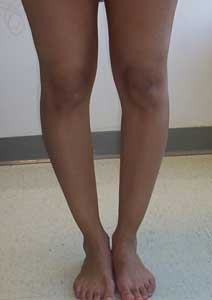... but we still have to dance!
I am feeling the rain in my achilles tendon today, and my body definitely knows that it's raining out. We woke up to torrential downpour rain this morning in Saratoga, and I wonder if the rain truly impacts not only our moods, but our body's aches and pains?
The biggest connection is between sunlight and tiredness. With little sunshine today, I am feeling TIRED for sure. Less sunlight leads to less Vitamin D and less seratonin to boost your mood. You may need to ingest more carbs to get your body motivated, too.
When it rains and the barometric pressure (air pressure) comes down, our tissues swell, hence our sore muscles. One study even shows the pressure inside of the joints is impacted by a decrease in the temperature -- 10 degrees less equals more pain.
So... keep warm with lots of layers in the studio, and take more time to get your body ready for activity. Listen to your aches and pains on a day like today, and hopefully we'll be back to sunshine tomorrow!










